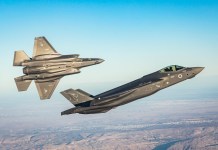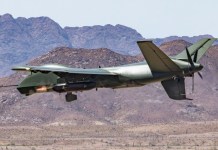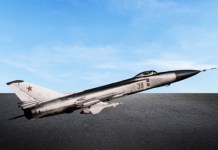The UAE has beefed up its defenses on a war footing following several attacks by Iran-backed Houthi rebels. The Gulf nation recently announced that it was buying a Light Trainer Aircraft L-15 from China.
Stinging The Russian Army, Ukraine Gets Powerful Missiles That Created Havoc On USSR Forces In Afghanistan
The UAE Defense Ministry said it would soon sign a contract with China National Aero-Technology Import & Export Corporation (CATIC) to purchase the L-15 training and light combat aircraft, with the option of purchasing another 36 planes later. Currently, it uses the Wing Loong II combat drones that it purchased from China in 2017.
The decision has been seen as a departure from its traditional policy of buying military equipment only from the United States. Observers have claimed that it points to an Emirati effort at diversifying its options.
The UAE also signed a contract to buy 80 Rafale from France in a historic deal last year. This would make the UAE the second-biggest operator of the Rafales after France.
Apart from the discontent that the Chinese fighter jet deal could potentially generate in the United States, it also raises questions about Indian LCA Tejas. In 2018, the UAE had expressed strong interest in India’s Tejas light combat aircraft but no substantial progress was reported thereafter.

The Gulf country had also shown interest in the Indian Akash missile in 2020. However, it signed an agreement with South Korea for its Cheongung II KM-SAM mid-range surface-to-air missiles earlier this year.
The South Korean weapon is believed to be quite similar to India’s Akash SAM System, as previously noted by the EurAsian Times.
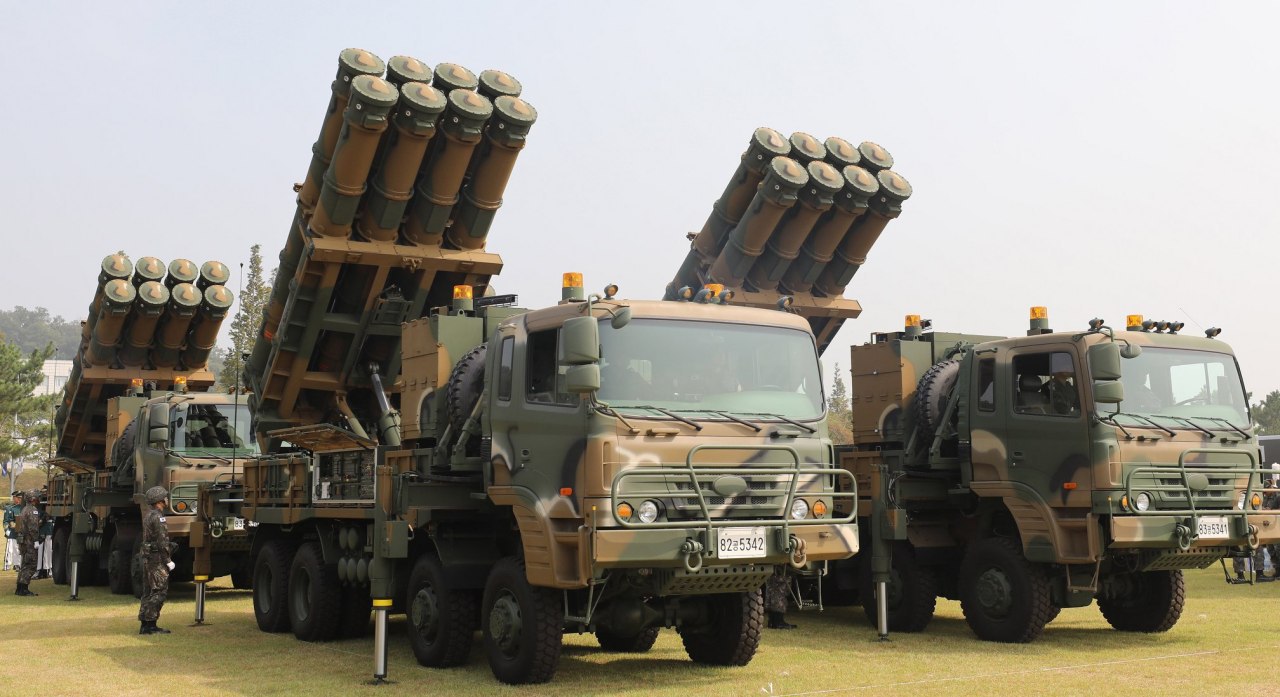
This also comes in the backdrop of growing cooperation between New Delhi and Abu Dhabi; the two nations signed a Comprehensive Strategic Partnership agreement in 2017. The Emiratis have also been lauded for acting as interlocutors between India and Pakistan. India and the UAE also signed Free Trade Agreement recently.
Second Snub For Make In India Weapons?
It is pertinent to note that the Chinese L-15 made its debut at the Dubai Air Show in November last year, whereas the LCA Tejas drew widespread appreciation for its aerial maneuvers in the flypast in the same event.
While the two aircraft are not really comparable, the Indian Tejas is still vying for a debut order while Chinese L-15s have managed to grab one from the very same event.
The UAE has been advised by the United States on several occasions to limit its military cooperation with China, due to its concern around compromise of military secrets. The UAE abandoned its multibillion-dollar US F-35 fighter jet deal in December 2021, citing tough requirements imposed by Washington due to the latter’s fears about China.
The purchase of the L-15 could potentially come at the peril of alienating the United States which has been the first responder to Emirati military needs.
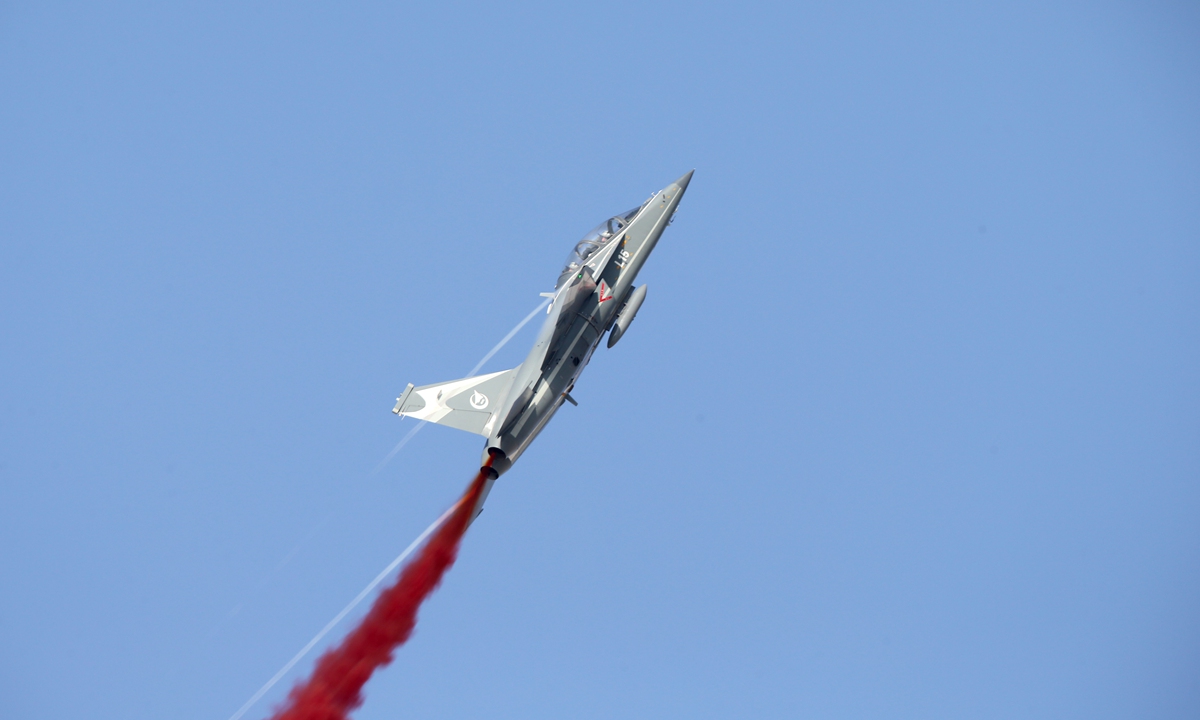
“The purchase intention shows that the UAE does not necessarily have to rely on the US for military equipment, as it can also purchase European and Chinese equipment”, Wang Ya’nan, chief editor of Aerospace Knowledge magazine, told the Global Times. He further claimed that the L-15 is an advanced trainer, second to none in the world.
It is not clear why the UAE did not advance talks with India after showing some interest in the LCA Tejas initially.
In 2018, then-Indian Defense Minister Nirmala Sitharaman and the UAE’s Minister of State for Defense, Mohammed Ahmed Al Bowardi Al Falacy had discussed the requisite concerns. He was on an official visit to India at the time and toured the facilities of two defense PSUs, Hindustan Aeronautics Ltd (HAL) and Bharat Electronics Ltd (BEL), The Economic Times had reported.
The UAE minister had also paid a visit to the Aircraft and Systems Testing Establishment of the Indian Air Force, which conducts flight testing of planes, airborne systems, and weapon stores prior to induction. These high-level visits created an impression that the UAE was keen on India’s indigenous fighter jet.
China’s L-15 Vs India’s Tejas
The Hongdu L-15 is a two-seat, twin-engine supersonic platform that has been labeled a “star model” by Chinese media. It was designed to meet the demand for training pilots. This light-attack aircraft is comparable to the Leonardo M346 Master, with the exception that one variant of the Chinese jet has after-burning engines.
Two AI-222K-25F afterburner turbofan engines with a single afterburner thrust of 4200 kg each, a full authority digital engine control module, and a 3000 flight hour service life are some of the salient features of this aircraft. In addition, the L-15 trainer can engage in air and ground warfare.
The L-15 has six weapon attachment slots and a payload of 3,000 kg. Externally, it can carry air-to-air missiles, air-to-surface missiles, and precision-guided bombs.
India’s Tejas, on the other hand, has a trainer variant that could be fielded soon. According to reports, the aircraft’s LIFT (Lead-in Fighter Trainer) variant is based on the Tejas MK-1A that the Indian Air Force has already ordered and awaits delivery.
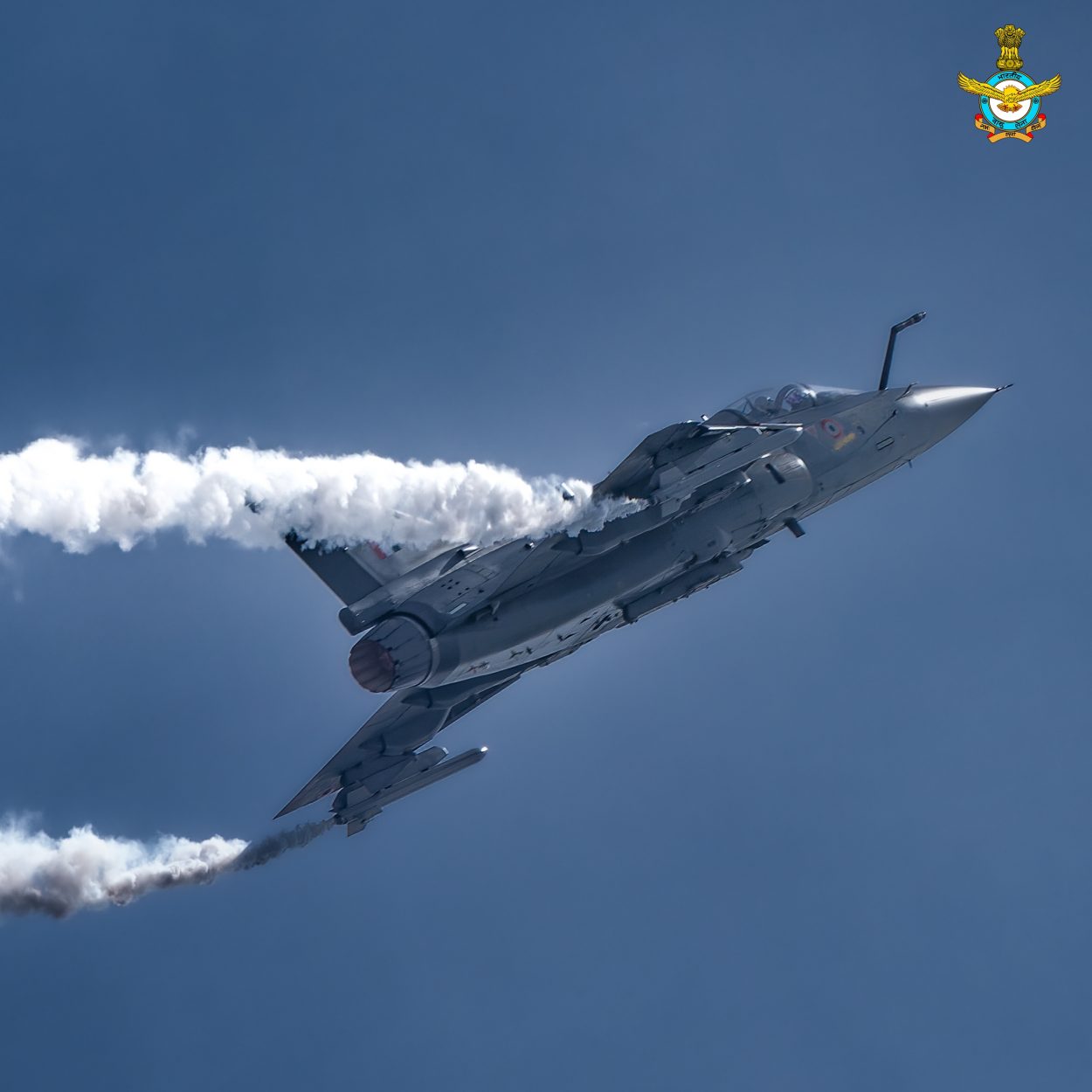
Modern AESA radar and upgraded avionics are integrated into the MK 1A variant of Tejas. It can be tailored to include a variety of weapons. In addition to a previous order for 40 Tejas Mark-1A fighters in two batches, the Indian Air Force has inked a contract for the purchase of 83 Tejas Mark-1A fighters.
HAL started to work on the LIFT variant of Tejas in 2018, after which it was showcased in the 2019 edition of the Aero India show. Last year, HAL reportedly received the green light from the Indian Air Force for the development of the first LIFT variant.
The state-owned aerospace company has reportedly planned the first LIFT variant with an Advanced Cockpit with Wide Area Displays (WAD) touchscreen. The aircraft can be used for combat missions so the pilots can also train for live weapon firing from this aircraft.
So far, the BrahMos deal with the Philipines has given a big boost to Indian defense exports and many experts believe that the journey for Tejas might be slow but it will eventually reach its destination and storm the massive market for light combat fighters where it has limited competition.
- Contact the author at sakshi.tiwari9555@gmail.com
- Follow EurAsian Times on Google News


